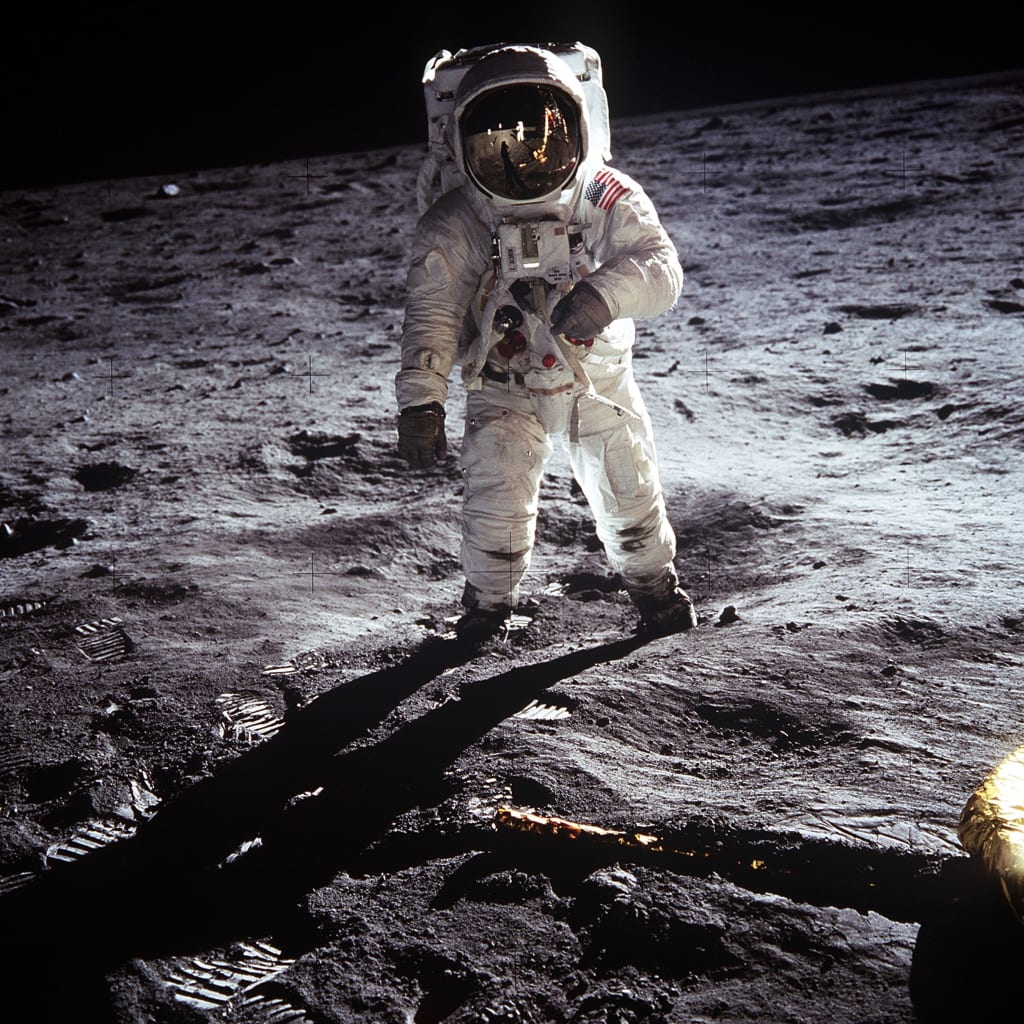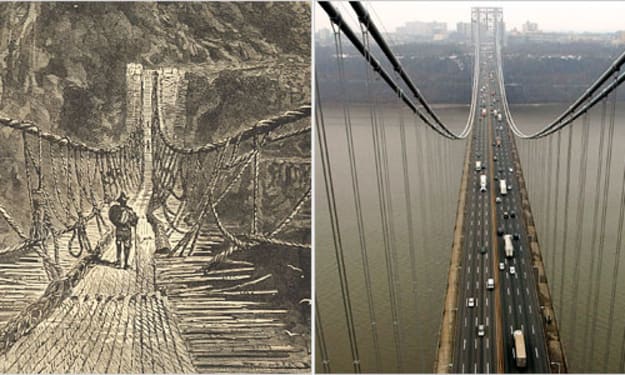The Apollo 13 Odyssey: A Tale of Being Adrift in Space
The space mission of Apollo 13, famously known as "Beyond the Moon," was a dramatic and captivating saga.

A NASA spacecraft with three astronauts on board was on a mission to land on the moon. The spacecraft was at a distance of 322,000 KM away from Earth and it took three days for them to reach there. However, something terrible happened that no one was prepared for. The main oxygen tank blasted due to some fault, which was supplying oxygen to the astronauts. Now, the astronauts were certain about their fate as only 15 minutes of oxygen was left in the cabin and it was impossible to reach Earth within this time.
Sending humans to space is a sophisticated mission, where failure is not an option as it would mean risking years of hard work and human life. Spacecraft protects astronauts from deadly sunrays but it gives them an earthlike atmosphere, so that they can remain alive. Pressurised cabins, where oxygen tanks are installed for oxygen supply and special filters are there to take out the carbon dioxide. If something happens to the spacecraft in space, then spacecraft and its astronauts will get lost in space forever.
However, in April 1970, an actual incident happened that was no less than a science fiction story. Apollo 13 was scheduled to land on a big crater on the moon called Fra Mauro. The commander of the mission was James Lovell, and Jon Swigert, Fred Haise were the two module pilot. All the three astronauts bid adieu to their families and went on the voyage. The rocket was launched on 11th April 1970 in Florida's John F. Kennedy Space Centre.
It's been 55 hours since they had left the earth. Spacecraft was heading towards the moon which was at the distance of 322,000 KM from Earth. Meanwhile, when an astronaut pushed a button to check the oxygen tank level, suddenly a strong jerk was felt. This jerk was so strong that other astronauts sitting in the command module also felt it. At first, everyone thought it was another joke done by the module pilot Fred Haise. But this time even Fred was worried and anxious like the other two pilots. Before they could think more, the master alarm and electrical power failure light started to blink. It was detected that due to a short-circuit, one oxygen tank got completely destroyed.
The mission commander briefed the whole situation to the Mission control at NASA. The mission control at NASA were in chaos after receiving this news. Because NASA engineers knew the consequences of a blast in oxygen tank. After a few minutes when the Mission control got the real-time data from the spacecraft, then they got a news that not only one oxygen tank got blasted but the other oxygen tank is steadily emptying. Along with that, two out of three electrical supplies have also got destroyed, which was the main instrument to drive the spacecraft. To handle all the problem at once was difficult for the Mission control and meanwhile Commander James Lovell saw gas leaking from the command module. This was the oxygen gas which was leaking from the second and last oxygen tank. Now all the three astronauts knew, they were in for a rough ride.
Now all the lights were off, neither do they have water to drink. Only one power backup was left and the oxygen they were breathing in, was coming from the last and leaking tank. Apart from these problems, there was another terrifying situation due to the blast the spacecraft's direction was changed and it meant that if they didn't change their direction, they might get lost in the deep space forever. Therefore they needed to correct their direction first.
The news was spread all across the globe. The television networks that were ignoring this mission were now started covering the crisis of Apollo 13. Along with the families of the astronauts, the whole world was watching this tragic news. They were running out of time and it's been one and a half hour since the blast happened. The last oxygen tank had 15 minutes of oxygen left for the command module. At this point, NASA's Mission control decided that astronauts must shift from the command module to the lunar module. Fortunately, the lunar module had a separate oxygen supply, but the problem was it was designed for only two astronauts. But there was no option that's why they had to take this step.
All the three astronauts went inside the lunar module, here NASA engineers were doing real-time calculation to find out for how long it will keep them alive. From the calculation, it was found that lunar module can supply oxygen for two days. But the real question was when and how these astronauts will be brought to earth? No one had the answer to this question. To bring the Apollo 13, NASA had two options first was, bringing the whole spacecraft towards the earth by using the main engine. But as this main engine was running on the last fuel source that's why engineers feared that the engine might stop in between. The second option was to utilise the Moon's gravity to push the spacecraft towards the earth which will require less power.
Although NASA Mission control
About the Creator
Enjoyed the story? Support the Creator.
Subscribe for free to receive all their stories in your feed. You could also pledge your support or give them a one-off tip, letting them know you appreciate their work.






Comments
There are no comments for this story
Be the first to respond and start the conversation.